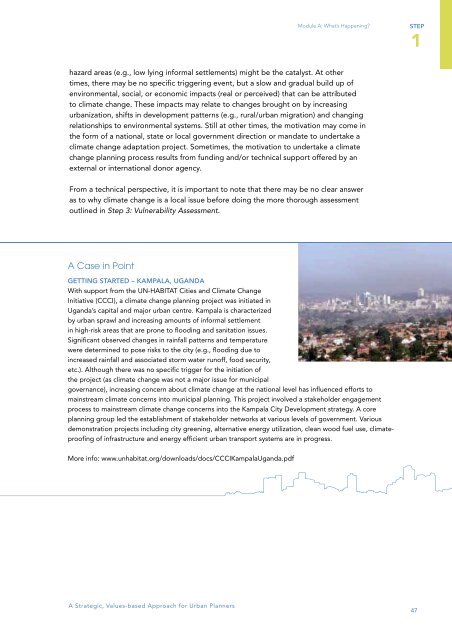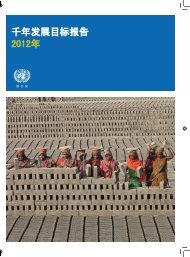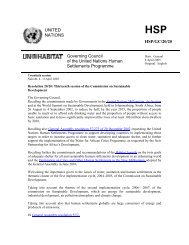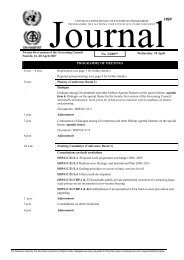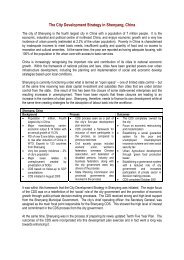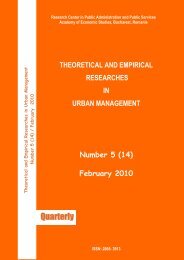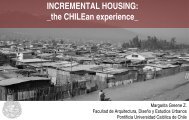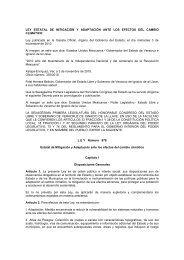Planning for Climate Change - UN-Habitat
Planning for Climate Change - UN-Habitat
Planning for Climate Change - UN-Habitat
Create successful ePaper yourself
Turn your PDF publications into a flip-book with our unique Google optimized e-Paper software.
Module A: What’s Happening?<br />
STEP<br />
1<br />
hazard areas (e.g., low lying in<strong>for</strong>mal settlements) might be the catalyst. At other<br />
times, there may be no specific triggering event, but a slow and gradual build up of<br />
environmental, social, or economic impacts (real or perceived) that can be attributed<br />
to climate change. These impacts may relate to changes brought on by increasing<br />
urbanization, shifts in development patterns (e.g., rural/urban migration) and changing<br />
relationships to environmental systems. Still at other times, the motivation may come in<br />
the <strong>for</strong>m of a national, state or local government direction or mandate to undertake a<br />
climate change adaptation project. Sometimes, the motivation to undertake a climate<br />
change planning process results from funding and/or technical support offered by an<br />
external or international donor agency.<br />
From a technical perspective, it is important to note that there may be no clear answer<br />
as to why climate change is a local issue be<strong>for</strong>e doing the more thorough assessment<br />
outlined in Step 3: Vulnerability Assessment.<br />
A Case in Point<br />
GETTING STARTED – KAMPALA, UGANDA<br />
With support from the <strong>UN</strong>-HABITAT Cities and <strong>Climate</strong> <strong>Change</strong><br />
Initiative (CCCI), a climate change planning project was initiated in<br />
Uganda’s capital and major urban centre. Kampala is characterized<br />
by urban sprawl and increasing amounts of in<strong>for</strong>mal settlement<br />
in high-risk areas that are prone to flooding and sanitation issues.<br />
Significant observed changes in rainfall patterns and temperature<br />
were determined to pose risks to the city (e.g., flooding due to<br />
increased rainfall and associated storm water runoff, food security,<br />
etc.). Although there was no specific trigger <strong>for</strong> the initiation of<br />
the project (as climate change was not a major issue <strong>for</strong> municipal<br />
governance), increasing concern about climate change at the national level has influenced ef<strong>for</strong>ts to<br />
mainstream climate concerns into municipal planning. This project involved a stakeholder engagement<br />
process to mainstream climate change concerns into the Kampala City Development strategy. A core<br />
planning group led the establishment of stakeholder networks at various levels of government. Various<br />
demonstration projects including city greening, alternative energy utilization, clean wood fuel use, climateproofing<br />
of infrastructure and energy efficient urban transport systems are in progress.<br />
More info: www.unhabitat.org/downloads/docs/CCCIKampalaUganda.pdf<br />
A Strategic, Values-based Approach <strong>for</strong> Urban Planners<br />
47


